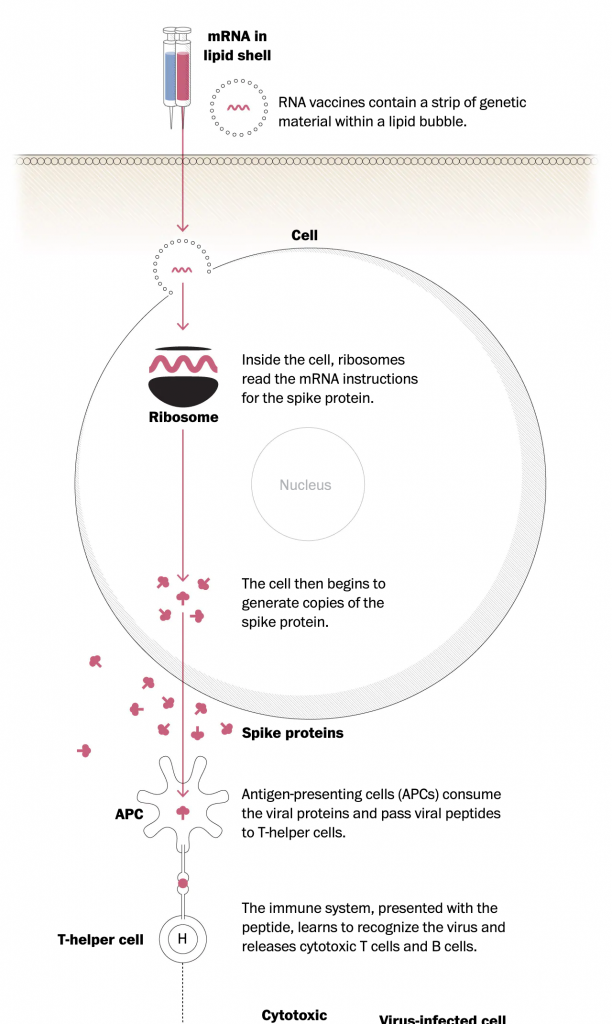Over the last week or so, we have been receiving some encouraging news from the makers of three viable Covid-19 vaccines: Pfizer, Moderna, and AstraZeneca. All three have reported their vaccines as at least 90% effective. This doesn’t mean the relevant regulatory agencies have verified that data, but it’s better than injecting ourselves with bleach.
Keep this in mind, though, a full vaccination roll out will take months. Having 20–40 million doses is great, but the population of the United States is 330 million. The expectation is a return to normalcy will not really begin until the end of Q3 or beginning of Q4 2021.
This article from the Washington Post does a good job of explaining some of the next steps—and some of the significant logistical hurdles. They illustrate part of the process of shipping the Pfizer vaccine, which needs to remain cooled -70ºC. That’s -94ºF. A wee bit colder than most normal freezers operate.
The Post article also illustrates how the Pfizer/Moderna type of vaccine works—the Pfizer and Moderna tackle it one way whilst AstraZeneca tackles it via a second method.

There’s a lot going on here, but I like the simplified approach the designers took. This whole situation is complicated, but here we see the process distilled to its most essential elements. And the restrained use of colour helps tremendously.
The vial and then needle are filled red, and that red colour carries through into the messenger RNA (mRNA) that is absorbed by the cells and ultimately creates the spike proteins used by the virus (not the virus itself).
Credit for the piece goes to Carolyn Y. Johnson and Aaron Steckelberg.
